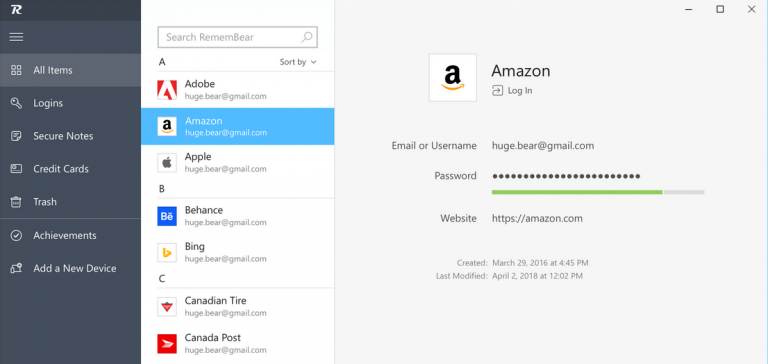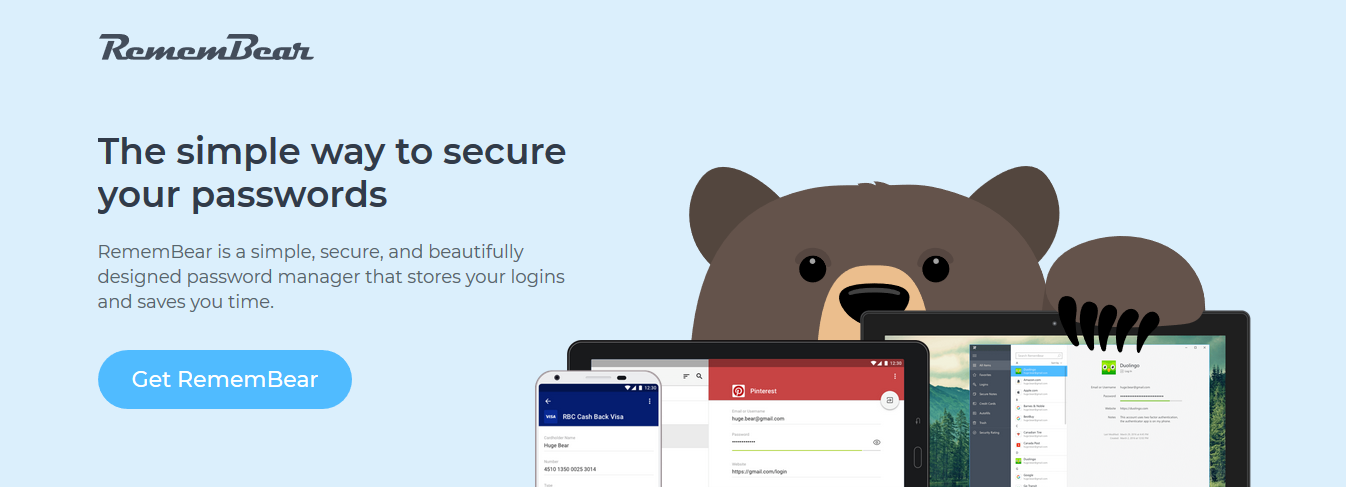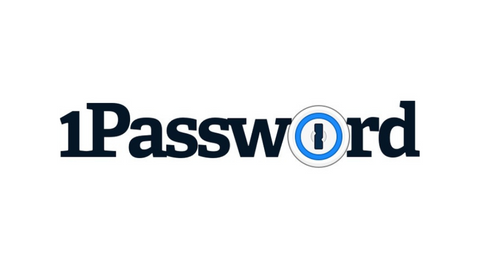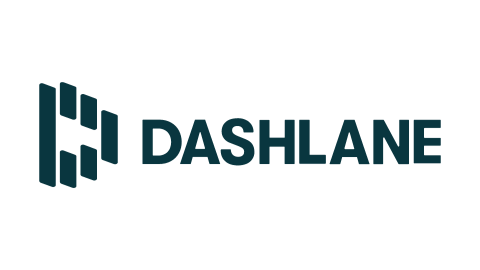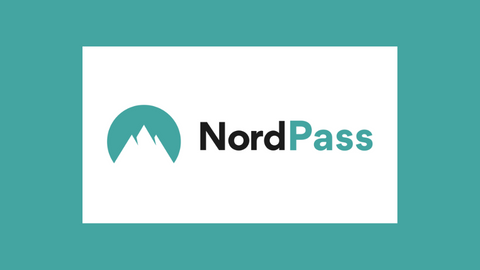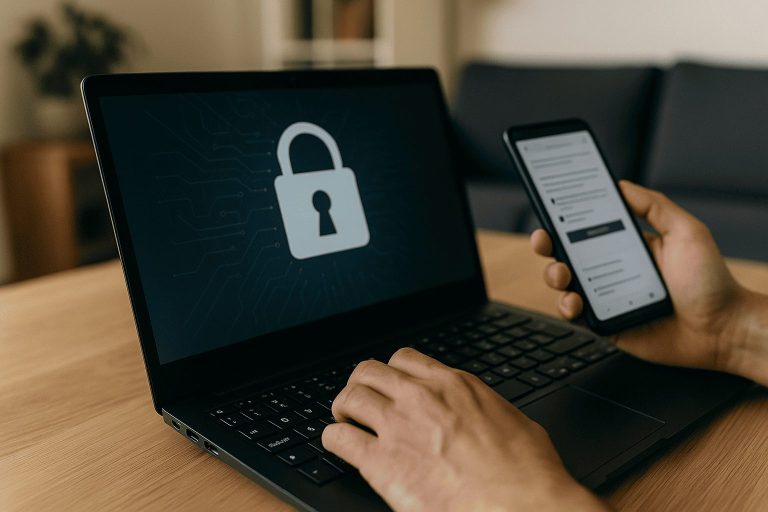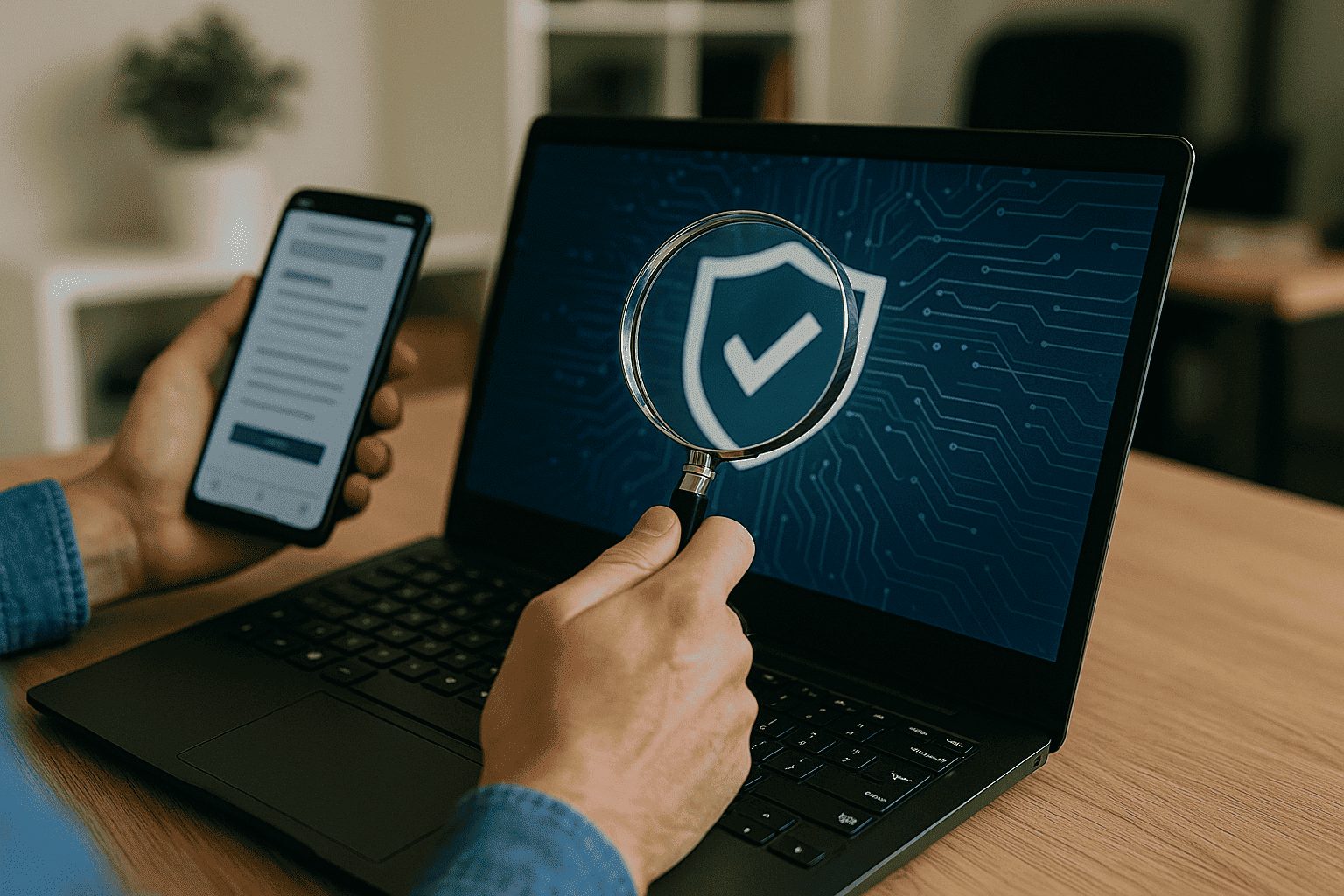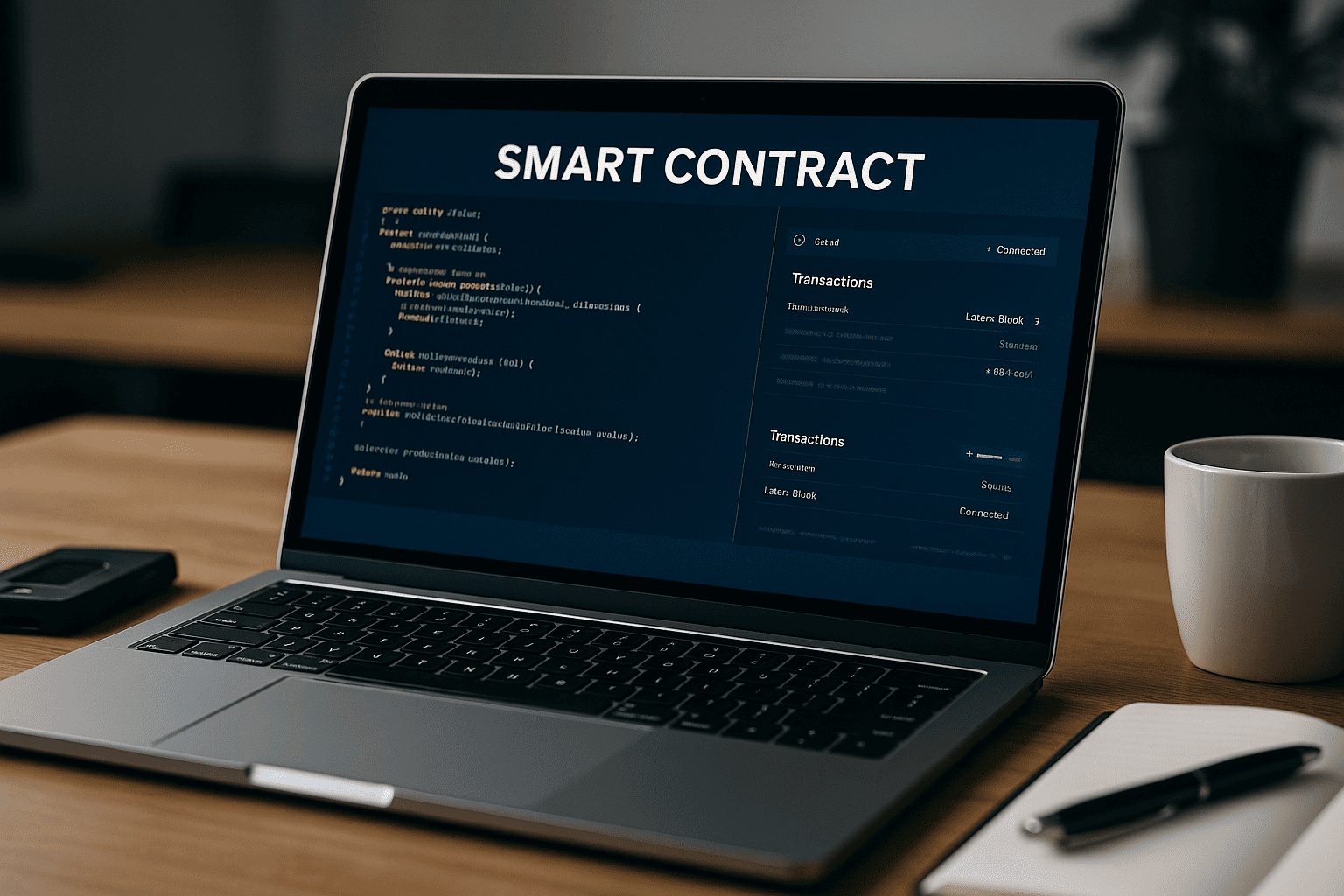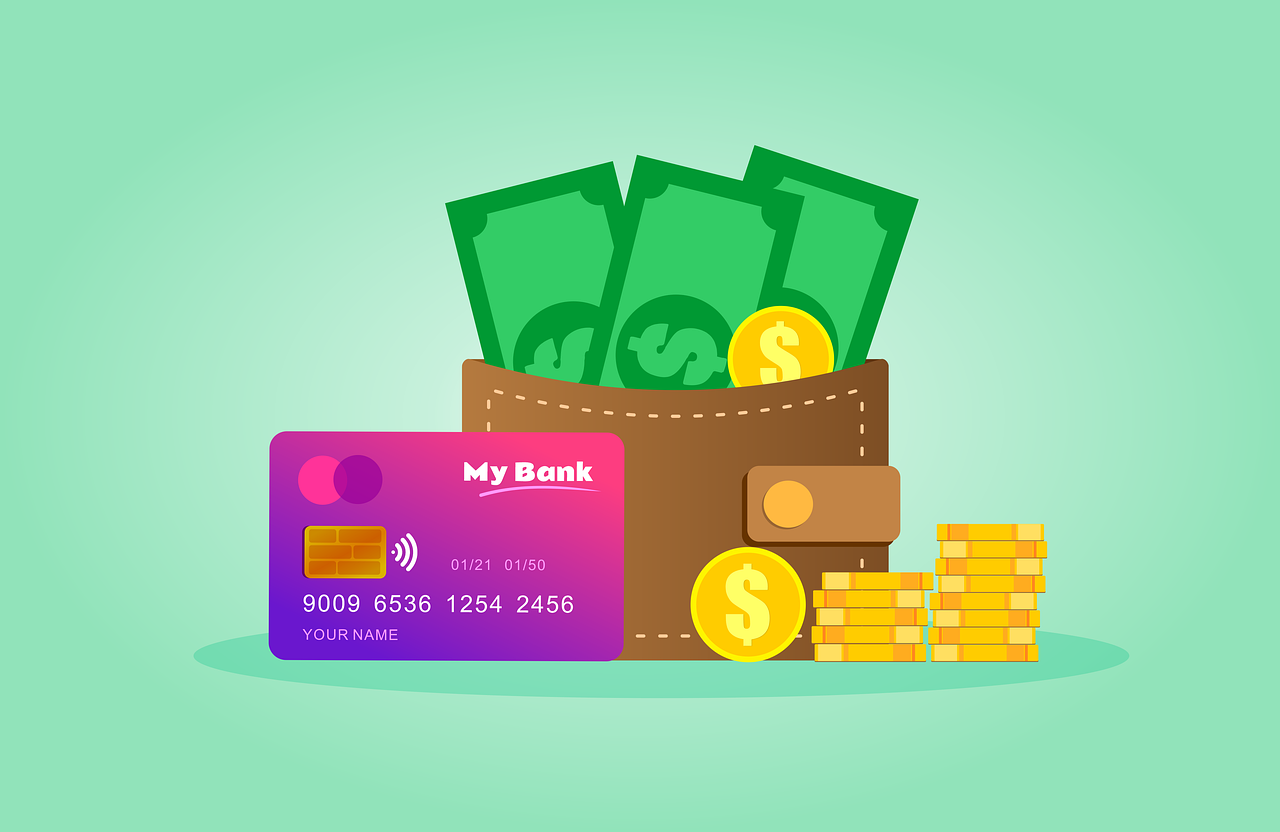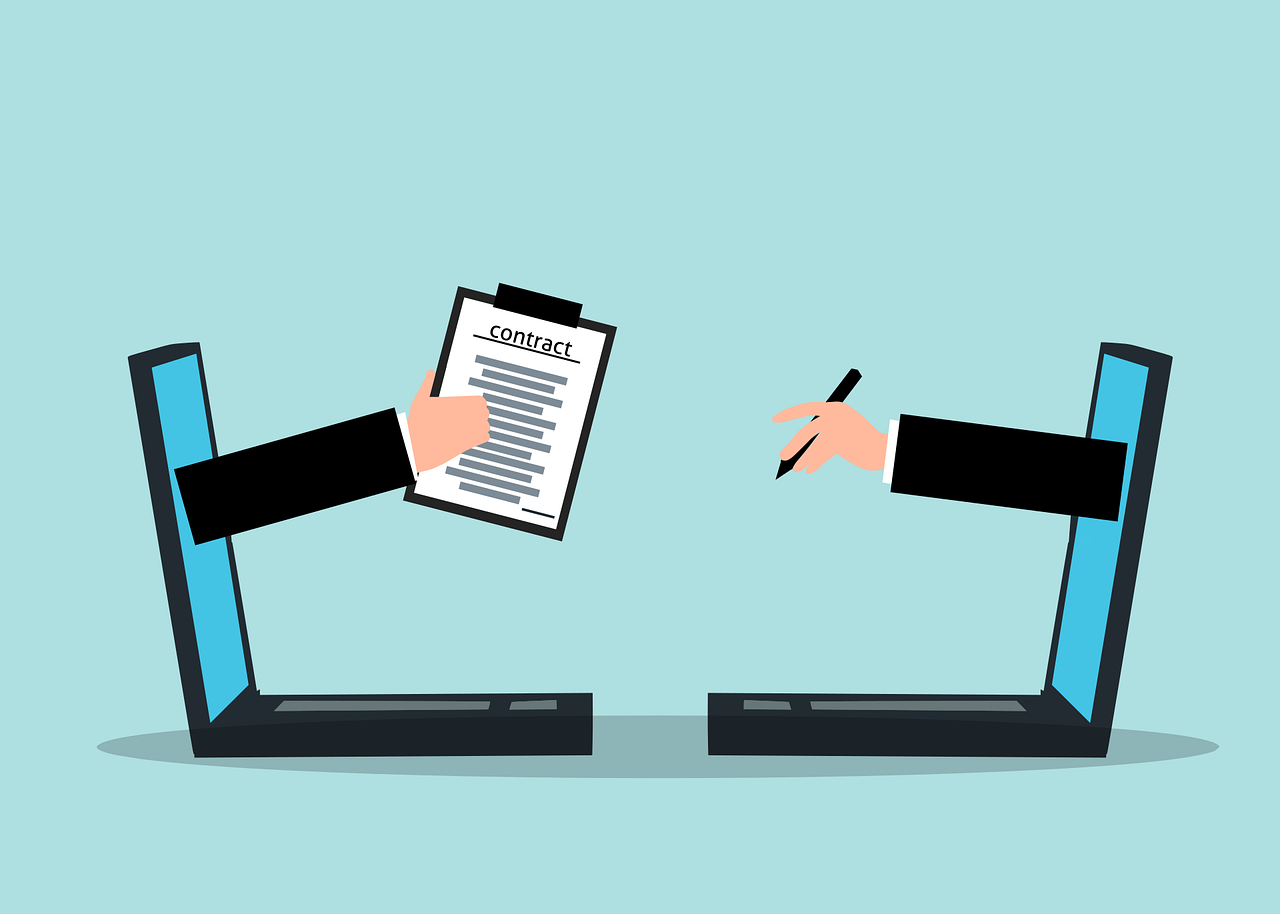In this post, I will talk about building a cyber-resilient organization with security automation.
If you work in security today, you probably feel the pressure. Threats move fast. Attacks surprise even the best teams. New tools show up every year, yet many security tasks still take too much time. It can feel like you are always trying to catch up.
Many organizations want a stronger defense. They want to respond faster. They want to protect the business without slowing anyone down. Security automation helps make this possible. It reduces stress, saves time, and gives teams room to breathe. It also helps companies stay resilient even as threats grow more complex.
In this article, we will look at how security automation works. We will explore how to prepare for automation, where to use it, and how to avoid common mistakes.
Table of Contents
Why Visibility Matters Before You Automate
Automation only works well when you can see what is happening across your systems. Many security teams struggle here. They jump between dashboards. They follow alerts from different tools. They deal with data that does not match across platforms. These gaps create slowdowns at the worst moments.
In many cases, the problem starts with siloed data. So let’s take a moment to understand what are data silos. Data silos form when information sits in separate systems that do not connect. Teams cannot share or compare data easily. This can hurt visibility across the entire security environment. When data stays isolated, security teams miss important context. They face delays during investigations. Automation tools also struggle because they depend on clean and connected data.
When you remove silos, you make it easier to build automated workflows. Alerts flow into one place. Logs share the same format. Identity data stays consistent. These improvements help teams take faster and more confident action.
How Security Automation Strengthens Cyber Resilience
Security automation uses smart workflows and tools to perform tasks that take too long for humans to handle alone. It helps teams detect threats faster, respond with fewer delays, and track issues with greater accuracy.
When an alert appears, automation can sort it, enrich it with extra data, and send it to the right person. When a user account shows strange activity, automation can lock the account and notify the team. When new logs arrive, automation can scan them for threats without slowing down.
These actions make the entire process more efficient. Teams catch issues early. They avoid long queues of alerts. They gain time to focus on deeper problems instead of routine tasks. This builds cyber resilience. The organization becomes stronger because it reacts faster. It becomes harder for attackers to cause major damage. Automation does not replace human judgment. It supports it and makes it better.
Core Areas Where Automation Makes the Biggest Impact
Security automation can help in many parts of the organization, but some areas benefit more than others.
Threat detection and alert management:
Alerts come in at all hours. Automation can sort them, enrich them, and route them to the right team member. It also reduces the number of false alarms that waste time.
Identity and access control:
Automation can check for risky logins and block unusual access attempts. It can update permissions when employees move between roles.
Endpoint protection:
Devices need constant monitoring. Automation can scan them, find threats, and take early action. This limits the spread of malware.
Log analysis and threat intelligence:
Logs grow fast. Threat feeds update many times a day. Automation helps teams keep up without missing details.
These areas give organizations fast gains with automation. They reduce workload and improve response speed.
How To Start Building Automated Security Workflows
Getting started with automation does not require a huge project. Most organizations begin with small steps.
First, map your current security tasks. Write down the steps your team takes for detection, investigation, and response. Look for tasks that feel repetitive. Those tasks make good starting points for automation.
Next, check the tools you use. Make sure they integrate well. Good automation depends on data that moves easily between systems. If your tools do not connect, automation will not run smoothly.
Then, focus on one simple workflow. For example, you might automate alert sorting. Or you might automate account lockout rules. Once that workflow works well, move on to the next one.
Make sure your team stays part of the process. Automation should support people, not replace them. Keep humans in control of important decisions. Use automation to speed up the steps that slow the team down.
Common Mistakes That Slow Automation Projects
Many organizations rush into automation without a plan. This leads to mistakes that slow progress.
One mistake is trying to automate everything at once. Teams feel overwhelmed and tools break under the pressure. It is much better to move step by step.
Another mistake is ignoring data quality. Poor data creates errors in automated workflows. If your system publishes low quality alerts, automation will only spread the problem.
Some organizations choose tools that do not work well together. This creates more manual work. Always check integration before buying new tools.
Training is another common oversight. Teams need time to learn new systems. If you skip training, no one uses the automation the right way.
You can avoid these problems by planning ahead, staying realistic, and supporting your team through each step.
The Role of Culture and Team Readiness
Security automation works best when the whole organization supports it. Teams need to trust the tools. They also need to understand how automation helps them do their jobs better.
Leadership support matters. Leaders should encourage collaboration between IT, security, and business teams. Strong communication helps everyone understand how automation fits into daily work.
Teams also need a culture that values learning. Threats keep changing. Tools keep evolving. Regular training helps people stay ready and confident.
A steady culture helps automation succeed. When teams understand the purpose and feel prepared, they respond better to new processes.
Security automation is not only for large companies. Any organization can start with small workflows and build from there. With the right approach, automation reduces stress, improves protection, and creates a safer environment for everyone. By taking steady steps and focusing on clear visibility, you can build a more resilient security program that stands strong against modern threats.
INTERESTING POSTS






